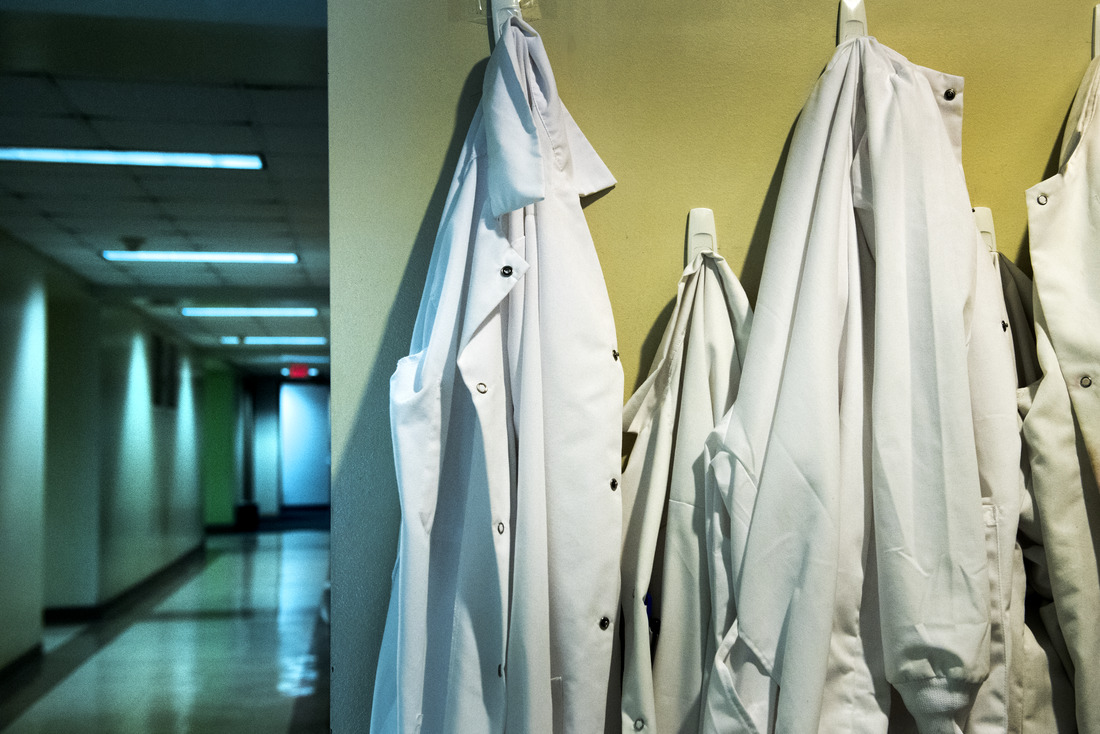Srikanta Dash, PhD, School of Medicine

Hepatitis C virus (HCV) is a positive-strand RNA virus replicate exclusively in the cytoplasm. HCV infection compromises the natural defense mechanism of the liver leading to high rate of chronic liver disease, cirrhosis, and hepatocellular carcinoma (HCC). The incidence of HCC is expected to be decreased after HCV cure with the direct-acting antivirals (DAAs) therapy. However, emerging new information indicates that the HCC risk persists for many years after a clinical cure among those who have already developed cirrhosis (3-6). The mechanism by which the cytoplasmic virus causes HCC, one particular type of liver cancer is unknown. We believe that this knowledge may enable us in the development of serum biomarker to detect liver cancer at an early state. Moreover, it is critically important to know whether SARS-CoV-2, another positive-strand RNA virus causes similar type of cellular damage. We are interested understanding molecular basis of long-COVID and develop therapeutic approaches for long-COVID.
My laboratory performs many in vitro and in vivo experiments to understand basic molecular biology of virus-cell interaction at molecular levels. Cell culture models of hepatitis C virus and SARS-CoV-2 are used daily basis to test various therapeutic strategies targeting the virus and cellular processes. We characterize extracellular vesicles produced by virus-infected cultures and utilize them for cancer detection.
Undergraduates students are welcome to learn various experiments we perform to test hypothesis. They can learn how to perform cell culture, antiviral assays for Covid-19, immunostaining, Western blot analysis. Students who are interested in learning extracellular vesicle research can learn various techniques used to characterize liver derived and non-liver derived vesicles. We usually give a small pilot project for undergraduate so that they can perform limited experiments to test a novel hypothesis. We also encourage them to develop their own hypothesis and help them designing experiments related to our overall goal.